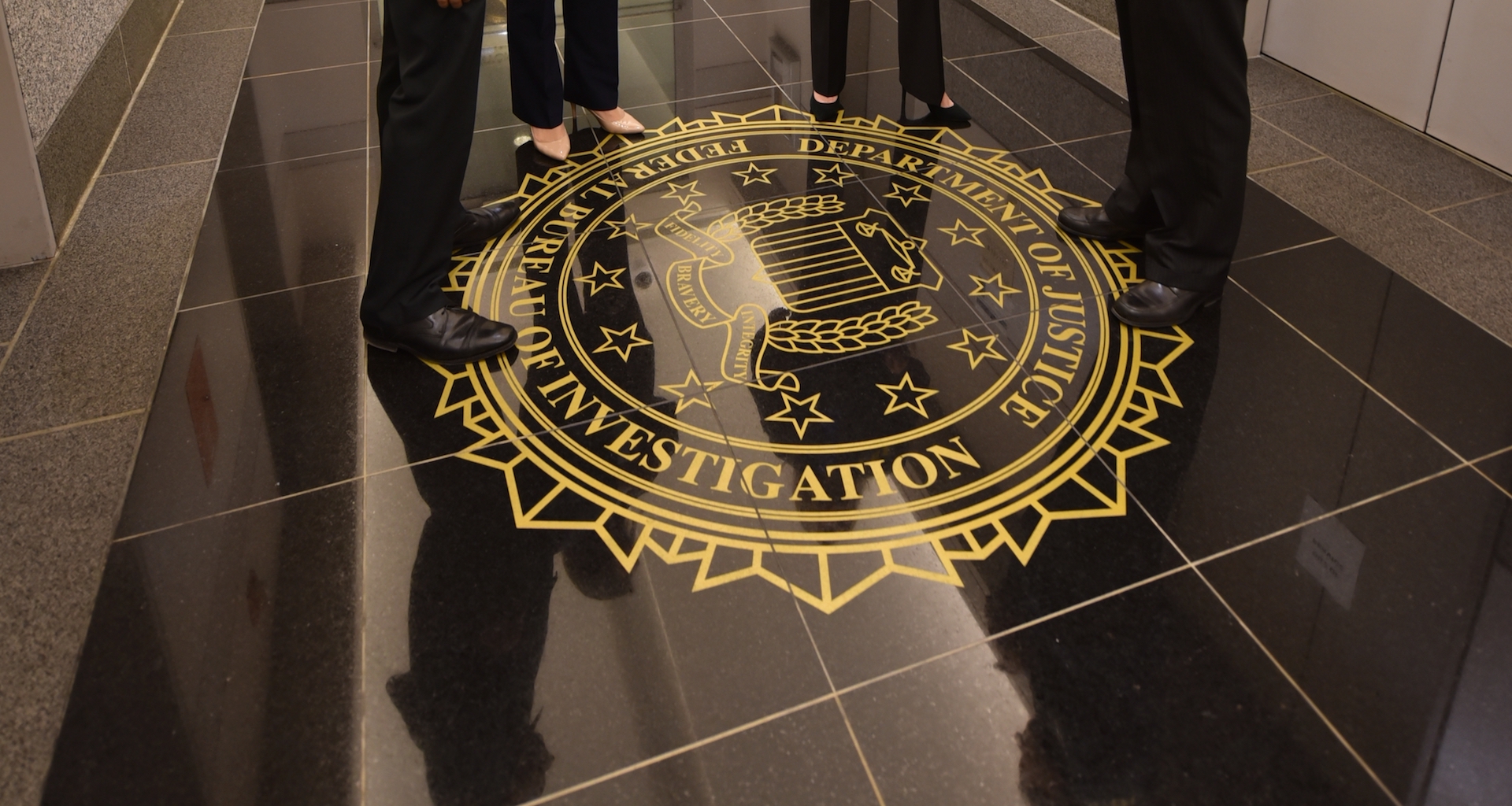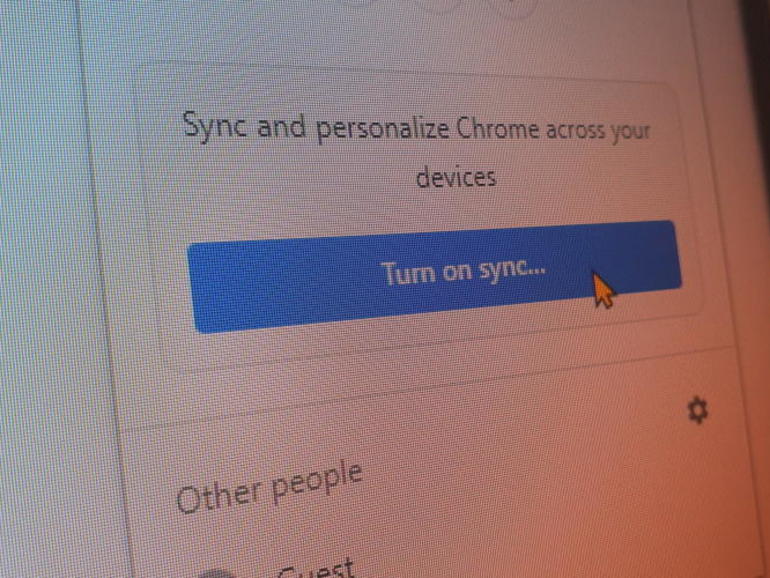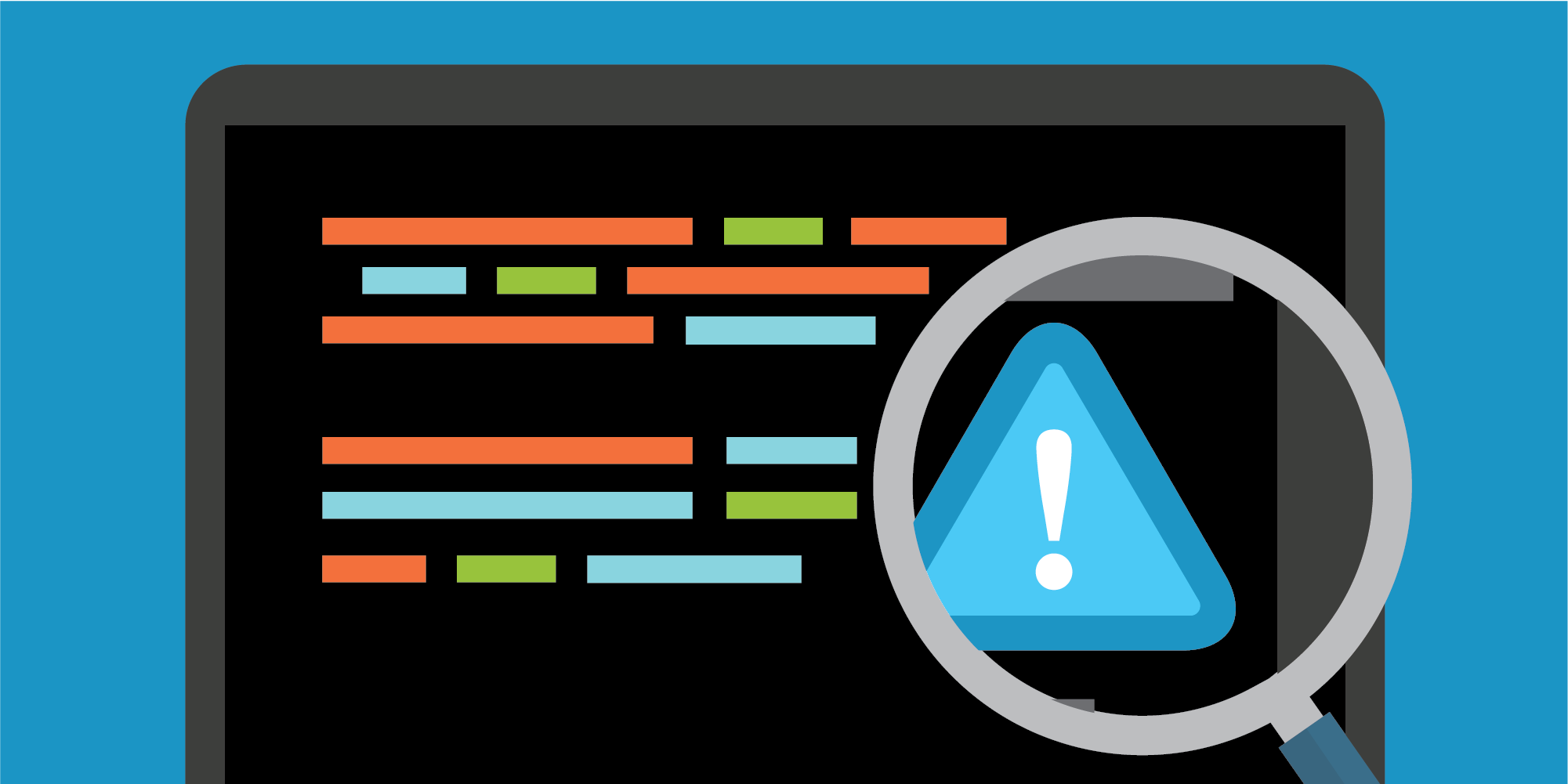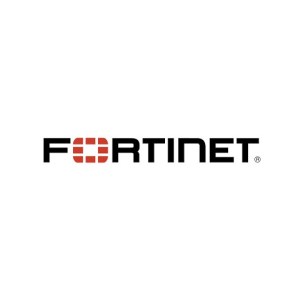The U.S. and European law enforcement agencies last week conducted an extraordinary crackdown on Emotet, a botnet of infected computers that has defrauded victims of millions.
Threat actors have discovered they can abuse the Google Chrome sync feature to send commands to infected browsers and steal data from infected systems, bypassing traditional firewalls and other network defenses.
Successful exploitation of this vulnerability allows an attacker to upload an arbitrary file with arbitrary names and extensions, leading to Remote Code Execution (RCE) on the targeted web server.
The number of ransomware strains that lock up systems throughout the global internet might suggest an immeasurable number of independent hackers are plundering victims’ data.
The good news is that the FCA blocked all of these malicious emails sent its way, although the real threat is not from mass automated campaigns but more highly targeted spear-phishing attempts.
According to the researcher, tampering is possible by sending the content, intercepting requests, and forwarding with modified code, as well as by intercepting spoofed content and changing values.
Centrais Eletricas Brasileiras (Eletrobras) and Companhia Paranaense de Energia (Copel), two major electric utilities companies in Brazil disclosed ransomware attacks that occurred over the past week.
Google this week said it paid out more than $6.7 million in rewards as part of its bug bounty programs in 2020, marking a slight increase from the $6.5 million paid out in 2019.
Fortinet has addressed four vulnerabilities in FortiWeb web application firewalls that were reported by Positive Technologies expert Andrey Medov. Two proof-of-concept exploits were also published.
These grants will be awarded to six school districts in the United States to sponsor teams of IBM professionals to help them proactively prepare for and respond to cyberattacks.








